Swine Health Information Center (SHIC) and the other swine industry organizations intentionally look for gaps in domestic swine disease surveillance and testing as part of ongoing preparedness efforts. With the occurrence of African swine fever (ASF) in China, domestic surveillance for this disease is critical yet currently lacking. The organizations’ review showed classical swine fever (CSF) surveillance tissue testing needs to be expanded to include tissues veterinarians are likely to submit during disease investigations. And the US industry doesn’t have a USDA-validated pseudorabies virus (PRV) nucleic acid detection (PCR) should this disease reappear in our domestic swine herds. If any of these diseases are suspected in the US, veterinary diagnostic labs (VDLs) need to be prepared with the tools to quickly and accurately diagnose these potentially devasting foreign animal diseases. With three widely supported US Animal Health Association (USAHA) resolutions, strong pork-industry requests were sent to USDA to help fill these gaps and, ultimately, protect the health of the US swine herd.
SHIC, National Pork Board, National Pork Producers Council, and American Association of Swine Veterinarians jointly authored and offered three important resolutions individually addressing ASF, CSF, and PRV during the USAHA annual meeting last week. The pork industry resolutions requests ASF surveillance right away, asks USDA to expand and harmonize accepted tissues to test for CSF and ASF because it is possible they could be clinically similar or be confused with current diseases, and asks for a PRV PCR test to be validated by USDA for use in in the National Animal Health Laboratory Network (NAHLN) labs. The resolutions passed review of six USAHA committees and were approved by the entire body without dissent. They were also supported by 26 state pork producer associations: Arizona, Colorado, Florida, Hawaii, Illinois, Indiana, Iowa, Kansas, Kentucky, Michigan, Minnesota, Missouri, Mississippi, Montana, Nebraska, New York, North Carolina, North Dakota, Oklahoma, Ohio, Pennsylvania, South Dakota, Texas, and Wisconsin.
USAHA resolutions will next be given to USDA for their response. Typically, USAHA receives a USDA response on resolutions by spring of the following year. All of the USAHA resolutions for 2018 can be found here – Resolution 4 is on ASF, Resolution 5 on CSF, and Resolution 6 on PRV.
USDA has no formal ASF surveillance program active in the US and had allowed an official ASF PCR test to be done only on whole blood submitted to the NAHLN veterinary diagnostic labs. The Iowa State University (ISU) VDL reports that fewer than 200 whole blood samples have been submitted from approximately 50,000 diagnostic case investigations into clinically ill swine that involved the submission of a case history and tissues for histopathological evaluation by a diagnostic pathologist over the past five years. In response to a request from the pork industry, on October 1 USDA also approved testing tonsillar tissue for ASF. The USDA “Foreign Animal Disease (FAD) Investigation Manual” (FAD PReP Manual 4- 0) (2017) lists whole blood, tonsil, spleen, and lymph nodes as specimens for collection during ASF investigations. USAHA Resolution 4 requests USDA to immediately begin an ASF surveillance program and approve these additional tissues for official ASF PCR testing.
In the absence of an effective surveillance program that includes official CSF testing of tissues routinely submitted to the NAHLN laboratories for diagnostic case investigations, low virulence CSF strains may become widespread before detected. The ISU VDL reports that, outside of the USDA CSF surveillance testing, over the past five years only 383 diagnostic tests were performed on porcine tonsils submitted with the approximately 50,000 diagnostic case investigations into clinically ill swine that involved the submission of a case history and tissues for histopathological evaluation by a diagnostic pathologist. The USDA “Foreign Animal Disease (FAD) Investigation Manual” (FAD PReP Manual 4- 0) (2017) lists tonsil, spleen, and lymph nodes as specimens for collection during CSF investigations. USAHA Resolution 5 requests USDA approve tonsil, spleen, and lymph nodes as additional tissues for official CSF testing in the NAHLN labs, matching the tissues requested for official ASF testing.
US PRV surveillance now relies solely on antibody detection. If the virus again infects our commercial pig herds, capable, rapid response will necessitate the use of PCR for detection of the virus in tissue samples sent to the VDLs. There is currently no USDA-validated PCR for NAHLN VDLs to use to detect PRV in submitted tissue samples. Resolution 6 urges USDA to actively pursue validating a PRV PCR assay for NAHLN lab detection of PRV in swine oral fluids, and other appropriate samples. Currently SHIC, NPB and USDA are funding research to validate PCR testing of oral fluids for foot and mouth disease virus, classical swine fever virus, and African swine fever virus.
Funded by America’s pork producers to protect and enhance the health of the US swine herd, SHIC focuses its efforts on prevention, preparedness, and response. As a conduit of information and research, SHIC encourages sharing of its publications and research for the benefit of swine health. Forward, reprint, and quote SHIC material freely. For more information, visit https://www.swinehealth.org or contact Dr. Paul Sundberg at [email protected].